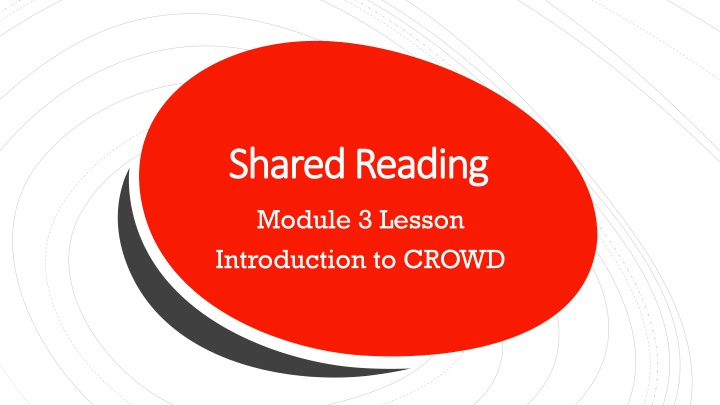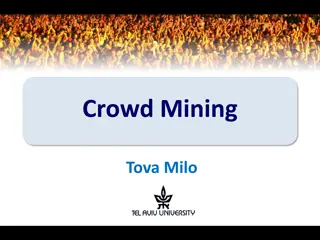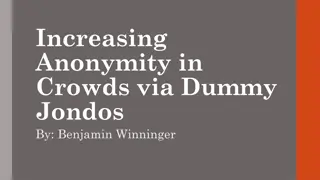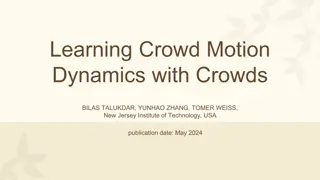
Enhancing Reading Engagement Through Prompting Strategies
Learn how to maximize interaction and engagement during shared reading sessions by using the PEER method, which involves prompting a child to participate through questions and prompts, evaluating their response, and expanding on their utterances. Discover different types of prompting techniques such as Completion Questions, Recall Questions, Open-Ended Questions, Wh-Questions, and Distancing Questions to elevate the level of engagement and learning with children of different reading levels.
Download Presentation

Please find below an Image/Link to download the presentation.
The content on the website is provided AS IS for your information and personal use only. It may not be sold, licensed, or shared on other websites without obtaining consent from the author. If you encounter any issues during the download, it is possible that the publisher has removed the file from their server.
You are allowed to download the files provided on this website for personal or commercial use, subject to the condition that they are used lawfully. All files are the property of their respective owners.
The content on the website is provided AS IS for your information and personal use only. It may not be sold, licensed, or shared on other websites without obtaining consent from the author.
E N D
Presentation Transcript
Shared Reading Shared Reading Module 3 Lesson Introduction to CROWD
Remember PEER P - Prompt a child to participate in reading by asking a question E Evaluate the child s answer E Expand on the child s utterance R Repeat the prompt to give the child another chance to recite the response Review of PEER Goal is to maximize interaction and engagement during our time reading together
The first P of PEER stands for prompt There are multiple ways to prompt a child to interact Remember CROWD C - Completion Questions R Recall Questions O Open-Ended Questions W Wh-Questions D Distancing Questions Prompting with CROWD
You can ask more complicated questions with repeated readings around a book or topic Level 1 Introduces new vocabulary with C - completion and simple W wh-questions Level 2 Uses O - open ended questions and more complex W wh-questions to get child to expand on use vocabulary in different ways and to make meaning from the text Levels of Dialogic Reading Level 3 Uses D distancing questions and R recall questions to address more complicated concepts like text features and story components
Level 1 Focus on vocabulary and getting children talking Talk about the pictures! Helps link the picture to the word Label common objects and actions in the pictures Can talk about simpler words first and more complicated words later For example: first talk about horses, then talk about the horses being calm, then talk about the horses trotting. Level 1 Prompts Level 1 Prompts
First Level 1 Prompt: Completion Prompts Leaving a blank at the end of the word and get the child to fill in Completion Completion Prompts Prompts Especially good for books with rhymes or books with repetitive phrases And good for words, objects, or actions you know your child knows or that correspond to pictures
Good for providing information about the structure of language Some examples: The dog s name was Uncle Jim turns off the The horse is a good Papa Bear was mad because Goldilocks did not ask for... I think I'd be a glossy cat. A little plump but not too ____, Completion Completion Prompts Prompts
Level 1 Simple Wh- Questions What, who, and where Most common type of prompt Use if you are not sure if they know the word or if you want to teach new vocabulary or story details Simple Simple Question Prompts Prompts Wh Wh Question Focus on pictures in the books and can add complexity as the child gets more familiar with the book and words Differs from complex wh - questions because they have a specific correct answer
Some examples: What's the name of this? What color is her dress? Who is that? What does this animal eat? What s the weather like? Where is the boy sitting? Simple Simple Question Prompts Prompts Wh Wh Question
Good to the read same book or books on the same topic Practice similar vocabulary Ask more complicated questions Don t forget PEER! Evaluate Expand Repeat Other Things to Other Things to Know Know Stay encouraging and keep environment fun!






















